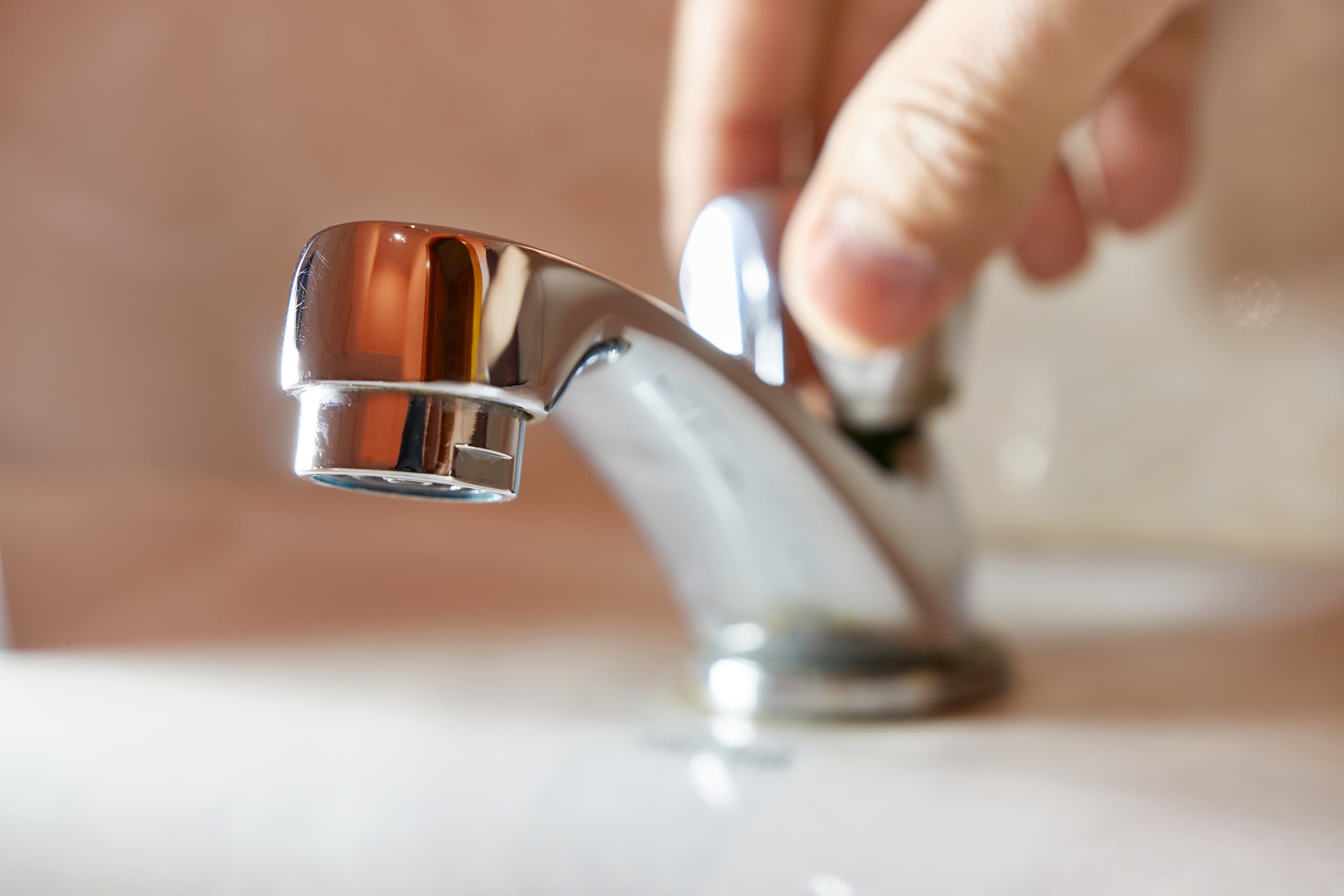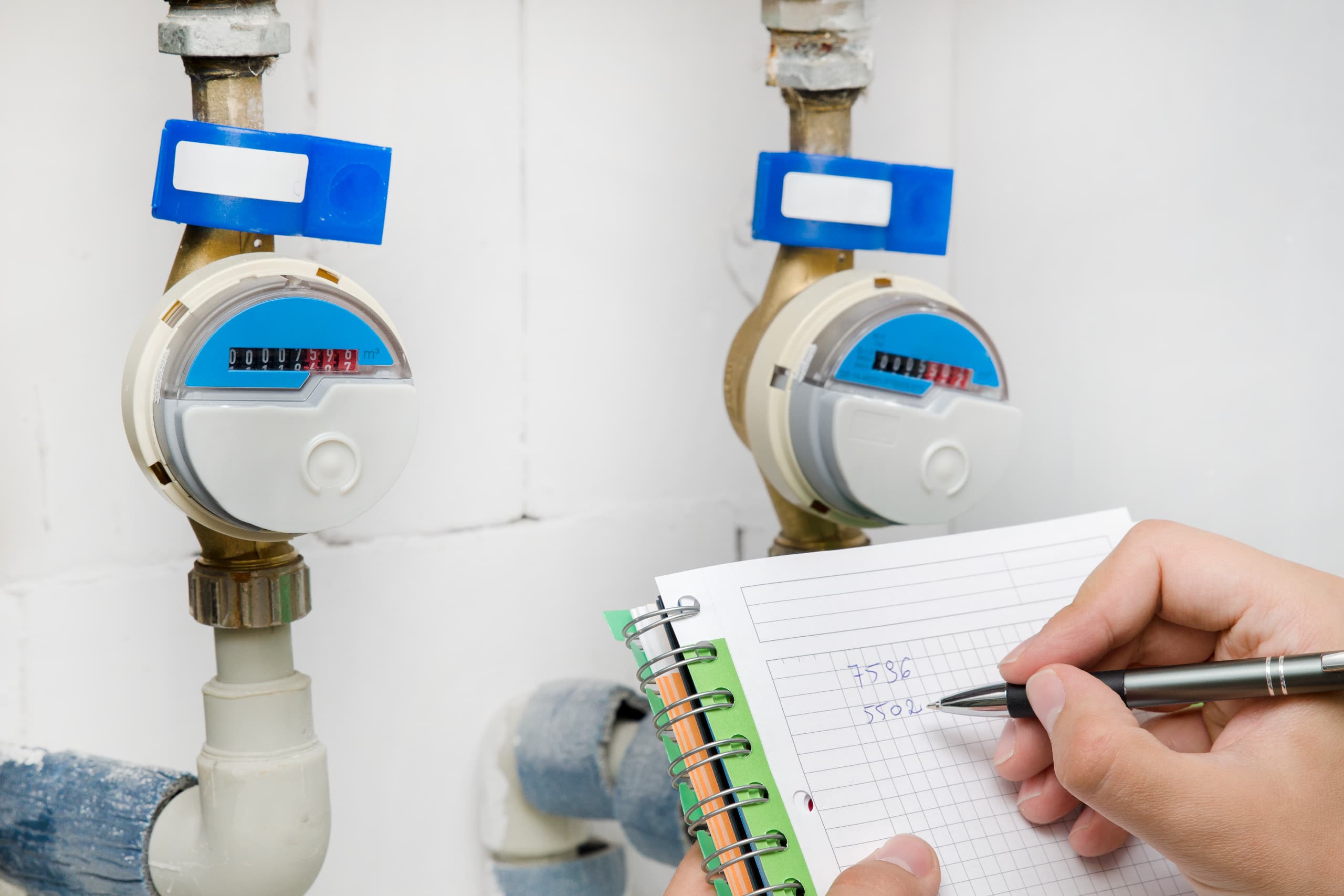Why autumn is a great time to review your wastewater charges
Autumn is often seen as a natural pause in the business calendar, and with good reason; we’ve moved past the summer’s variable water use, but winter’s higher rainfall hasn’t yet had a chance to make a full impact. That means it’s the perfect time to look closely at your wastewater charges, compare them against your actual use, and check that you’re not being billed for more than you discharge. In particular, all that makes it an unmissable opportunity to capture an accurate picture of how your wastewater costs align with your water consumption patterns and operational needs. And of course, that may give you the information you need to decide whether or not to switch business water suppliers – which is exactly where we can help here at The Business Water Shop.
So… let’s look at it all in a but more detail!

How does autumn affect your wastewater charges?
Autumn tends to bring both shifts in both rainfall and temperature, and both of these can directly influence how wastewater charges are calculated. Most UK water wholesalers estimate wastewater volumes based on a percentage of the clean water a site uses, assuming that a certain portion of that water returns to the sewer. When rainfall increases, surface water drainage can add to that discharge volume, which in turn can change what you’re being billed. Reviewing your account in autumn helps you catch any inaccuracies before winter’s wetter months make the data harder to interpret.
Plus, this is also when seasonal operations begin to change – and the extent of the shift you’ll see personally may well depend on what sector you’re working in. Some sectors ramp (such as food and drink producers) can accelerate production ahead of winter demand, while others (like hospitality and leisure businesses) tend to scale back after summer peaks. Your own seasonal changes will affect how much water you use and return to the sewer network, which is one of the many reasons why it’s a good idea to assess your wastewater profile now – it can give you a clearer sense of the efficiency of your current setup. As a bonus, it can also help you to verify whether your wastewater allowances, trade effluent agreements, or non-return to sewer (NRtS) adjustments still reflect your activity levels.
What can reviewing your wastewater data reveal?
When you review your wastewater data in detail, you can uncover discrepancies that directly affect how much you pay. Many businesses find that their bills are based on assumptions rather than measured data (which is something we’ve covered before). And if you’ve installed water-saving equipment, modified production processes, or changed your site layout, your supplier’s assumptions may no longer hold true. Comparing your recorded discharge against your billed volumes can reveal whether your supplier’s figures reflect your actual operations.
It’s also common for surface water drainage to be included on a bill even when parts of a site no longer drain into the public system. If your site has new permeable surfaces, private soakaways, or changes in runoff management, you may even be entitled to a surface water rebate. However, you’ll only know these sorts of things if you’re able to find time to review the data yourself, allowing you to collect and present evidence and request corrections accordingly.
How you can benefit from accurate wastewater billing
Accurate wastewater billing provides several practical advantages. First and foremost, it helps you to forecast operating costs more effectively, giving you better control over budgets. When you know the true cost of your discharge and drainage, that can make it much easier to plan maintenance, equipment upgrades, or conservation projects with greater precision. It also ensures that your environmental reporting is based on verified figures, which can support any sustainability or compliance requirements you need to meet.
If you have a multi-site business, then verifying your wastewater data can also support your wider strategic planning. You might identify patterns across your portfolio that point to inefficiencies or opportunities for savings. For example, one site may have successfully reduced its discharge ratio after implementing recycling systems, offering a model that can be replicated elsewhere. Over time, maintaining and regularly reviewing your wastewater records can strengthen your ability to negotiate with retailers and manage long-term utility costs more effectively.
5 steps you can take to check your wastewater costs
Thankfully, it’s fairly simple to check your wastewater costs – you can generally do it in just a few short steps. Here’s a quick breakdown.
- Gather your recent water and wastewater bills for at least the past 12 months. This will give you a full seasonal cycle to analyse.
- Compare the billed wastewater volume with your actual water meter readings and usage data. Check if the standard return-to-sewer percentage accurately represents your operations.
- Review your site drainage plan to see whether all surface water truly enters the public network. If it doesn’t, contact your retailer about a potential rebate.
- Look for operational or structural changes that may have altered your wastewater output, such as new machinery, altered processes, or site extensions – all of which can all affect discharge levels.
- Contact your water retailer or a specialist comparison service to confirm that your tariff, allowances, and charges match your current business activity.
By the end of that, you should have a more informed view of your wastewater setup. You’ll know whether your current billing structure is accurate, where savings might exist, and how your site’s data supports the charges applied to you throughout the year.
And of course, if you’re not happy with your business water supplier’s response, or if they’re not fast enough to implement amendments, you might consider switching entirely. If so, that’s exactly where we come in here at The Business Water Shop. Our network of trusted suppliers encompasses the whole of the UK, which makes us the perfect option to get you the most competitive water quotes for your business. We’ve even been able to save some customers up to 55% on their water bills, and you can count on us to use all our resources and industry expertise to get you the best deal.
It only takes a few minutes to get your online quote – so if you’re thinking about moving to switch business water suppliers, there’s never been a better time to do it!



 Excellent 5* Rating
Excellent 5* Rating



